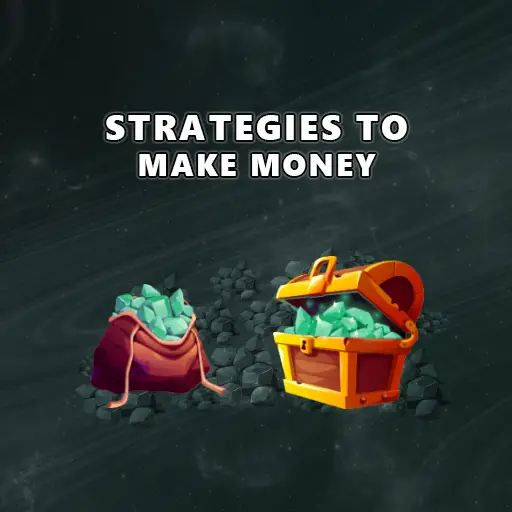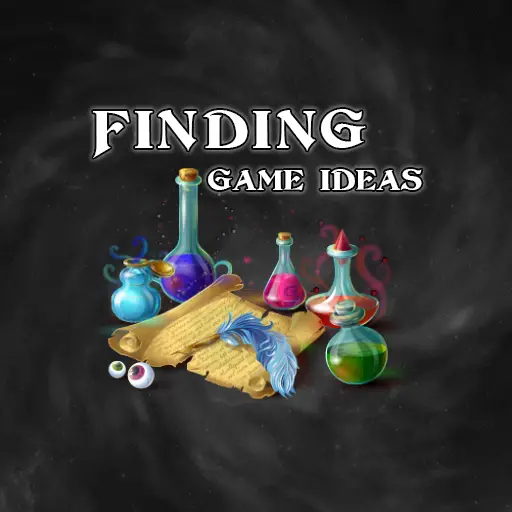One of the most crucial aspects of 2D game development is optimizing graphics performance while maintaining high-quality visuals. Sprite sheets are an important tool for achieving this goal. In this article, we will define what sprite sheets are and explore how to use them in 2D games. We’ll also cover their structure and some alternative techniques.
What Is a Sprite Sheet?
A sprite sheet is a collection of individual images (or sprites) combined into a single, larger image file (BMP, PNG, or JPG). Each sprite is usually a graphic of a specific element within a game, such as a character, object, or background. Sprite sheets can also be used for creating animation, where each sprite represents a frame.
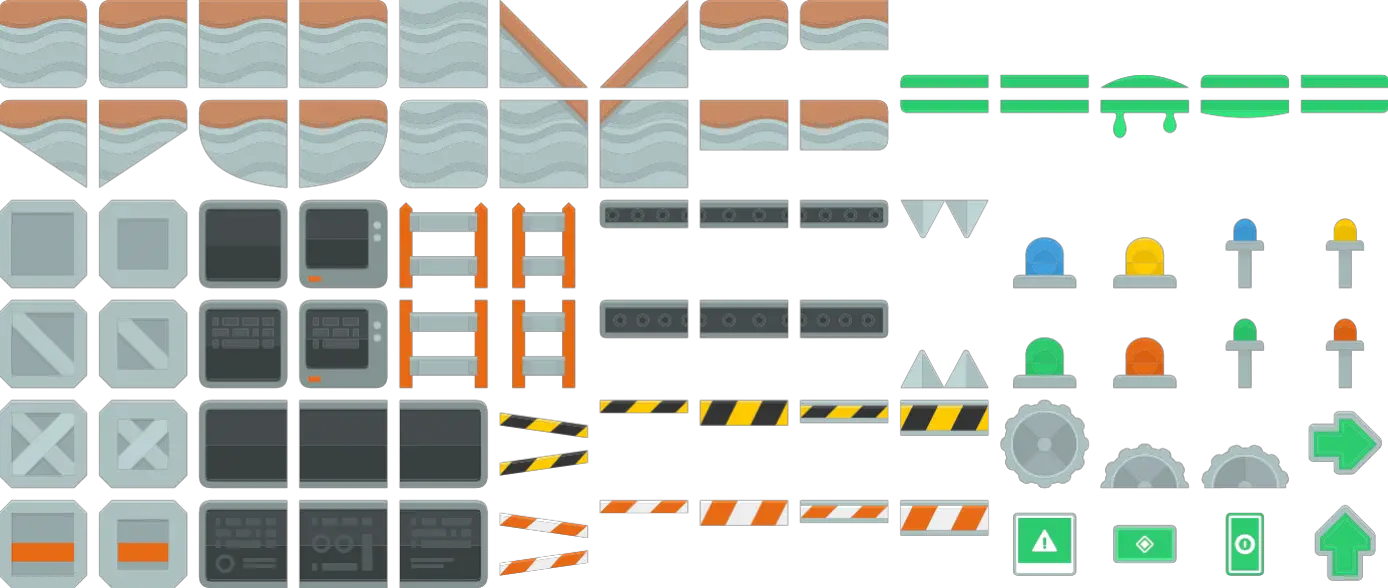
Sprite sheets can be used to make various kinds of animations, including character movements, special effects, and other interactive elements. When a sprite sheet is used, the game engine loads the image file containing all the individual sprites and then displays them as needed within the game.
Why Should I Use Sprite Sheets in My Games?
By using sprite sheets, you can improve the performance of your game by reducing the number of images that need to be loaded into memory.
Additionally, sprite sheets can make it easier to manage and update graphics within a game since all the individual sprites are stored in one place. Simply replacing the image can give your game a brand-new look.
Finally, many game engines support TileMaps, which enables you to build 2D environments using the sprite sheet you loaded. This workflow makes the development process much easier and faster.
Can I Use Sprite Sheets To Create Animation?
Yes, you can use sprite sheets to create animations in 2D games. Sprite sheets are often used to animate game characters and objects. By combining individual sprites into a single sheet, you can create a sequence of images that, when played in a specific order, form an animation.
To create an animation using a sprite sheet, you will need to create a set of individual sprites that represent each frame of the animation. These sprites can then be arranged in a specific order within the sprite sheet, with each frame taking up a specific portion of the sheet.
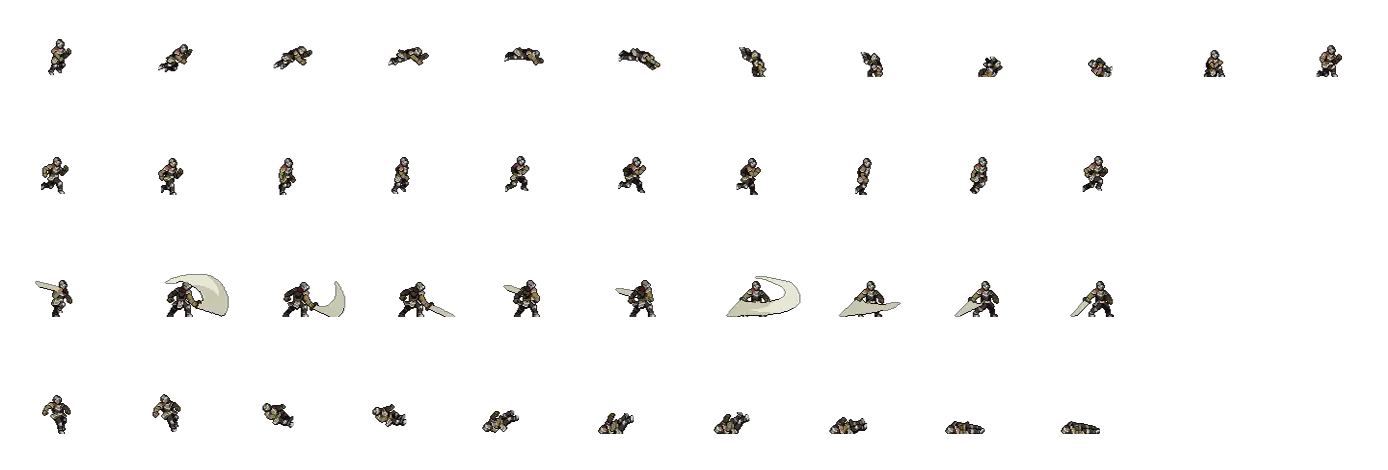
Once the sprite sheet has been created, it can be loaded into a game engine and displayed as an animation. The game engine will cycle through the frames of the animation, displaying each frame in sequence to create the illusion of movement.
You can see a demo of the animation created from the sprite sheet. Thanks to aamatniekss on itch.io for providing the sprite sheet. You can download the full package at https://aamatniekss.itch.io/fantasy-knight-free-pixelart-animated-character.
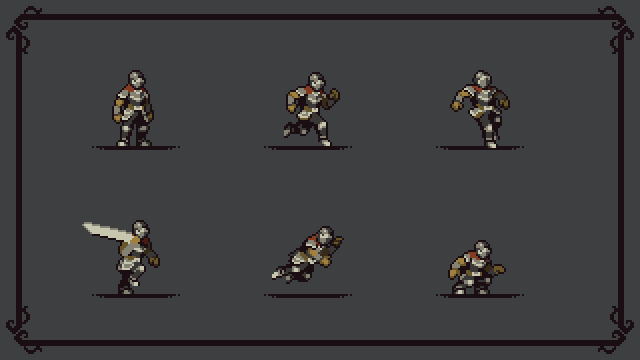
What Is the Structure of a Sprite Sheet?
Sprite sheets are usually structured as a grid of small images. For animations, it is common practice to put each animation on a separate line. For example, line 1 represents a walk animation, line 2 represents a jump animation, and so on. Although this format is common, it is not necessary.
Some sprite sheets have a non-grid format. To work properly, these sprite sheets require a description of the location and size of each sprite in the image.
Some animation software generates a file (usually a JSON file) containing this information when exporting the animation in a sprite sheet format. Then, the file is imported into the game engine, which extracts the sprites from the image based on the given information.
Thanks to Freepik for providing the explosion sprite sheet.
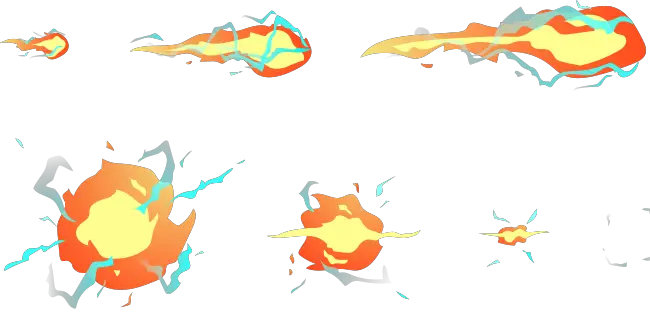
What Other Techniques Can I Use Instead of Sprite Sheets?
Sprite sheets are not the only way to go; there are several other options you could use. You can even mix and match between them. For instance, you could use one technique for world objects while using other ones for character animations. Here are three alternative approaches:
1. Individual Images
You could use individual images to achieve the same effect as a sprite sheet. This involves using individual image files for each object or character in the game. While this approach can provide you with more control over individual assets, it can be more time-consuming and can cause performance issues. A good use case for this approach is when you have high-resolution images.
2. Vector Graphics
Another way to go is to use vector graphics (like SVG files). Vector images are not made up of pixels. Instead, they are comprised of mathematical equations that describe the image contents. With vectors, you have the benefit of scaling images up and down without losing quality while maintaining relatively small files.
As with any approach, this one has its own set of problems. For example, similar to the individual image technique, you may have performance issues when playing animations because each frame is represented by a different image. And since images are stored at different locations in your GPU’s memory, animations can degrade the performance of your game.
3. Skeletal Animation
In most cases, you will need to use multiple images to draw the world, objects, and characters in your game. Drawing static objects aside, for character or object animations, you could use skeletal animation. This approach provides you with two options:
- Manipulate a layered image (contains layers created by an art tool like Photoshop) to achieve animations
- Create a mesh on a simple image and stretch the image based on the required animation.
Both of these techniques require a single image, which you can animate in animation software (or within some game engines). Once all your animations are ready, you can import them into your game engine and start embedding them in your game. This approach is a good choice for character animation. To read more about skeletal animation, you can read my Quick Introduction To Skeletal Animation for Video Game Development post.
The Drawbacks of Using Sprite Sheets in Game Development
While sprite sheets are a powerful tool for optimizing graphics performance and improving efficiency in 2D game development, there are some potential drawbacks to using them. Here are some of the most common drawbacks of using sprite sheets:
1. Limited Resolution
One of the primary limitations of sprite sheets is that they have a limited resolution. When sprites are combined into a single sheet, they can only take up a certain amount of space, which can limit the amount of detail that can be included in each individual sprite.
2. File Size Limitations
Another limitation of sprite sheets is that they can become very large in size, especially if they include a large number of individual sprites or high-resolution graphics. This can cause issues with loading times and can also take up a significant amount of memory.
3. Animation Complexity
While sprite sheets are great for simple animations, they can become complex and unwieldy when used for more complex animations. This is because each individual frame of the animation must be included in the sprite sheet, which can result in large and unwieldy files.
4. Artistic Limitations
Sprite sheets can also limit the artistic freedom of game developers and designers. Because each individual sprite must fit within a specific portion of the sprite sheet, it can be challenging to create unique and complex graphics that do not fit neatly into a grid.
5. Increased Development Time
Finally, using sprite sheets can increase the development time of a game, especially if the sprite sheet needs to be optimized for performance or if there are a large number of individual sprites that need to be included. This can result in longer development cycles and can also increase the overall cost of development.
Examples of Popular Games That Use Sprite Sheets
Sprite sheets are used in many 2D games. Below, I discuss some popular games that use them.
Hollow Knight
This critically acclaimed indie game uses sprite sheets to create its beautifully detailed and atmospheric world.
The game features a large number of unique characters and enemies, all of which are created using carefully crafted sprite sheets.
Thanks to https://steamdb.info/app/367520/screenshots for providing the Hollow Knight screenshot.
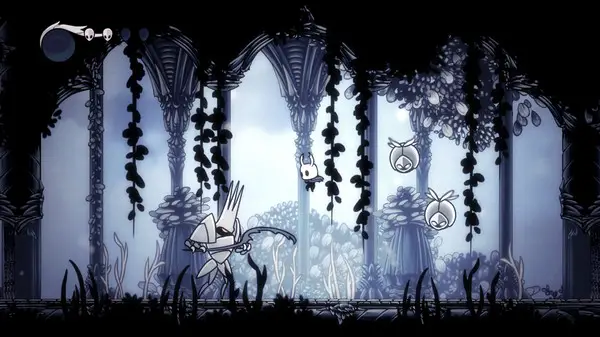
Celeste
This popular indie game uses sprite sheets to create its charming and challenging gameplay.
The game’s main character, Madeline, is created using a series of sprite sheets that allow for fluid movement and precise animations, while the game’s levels and backgrounds are also created using sprite sheets to create a cohesive and visually appealing world.
Thanks to trueachievements for providing the screenshot of Celeste.
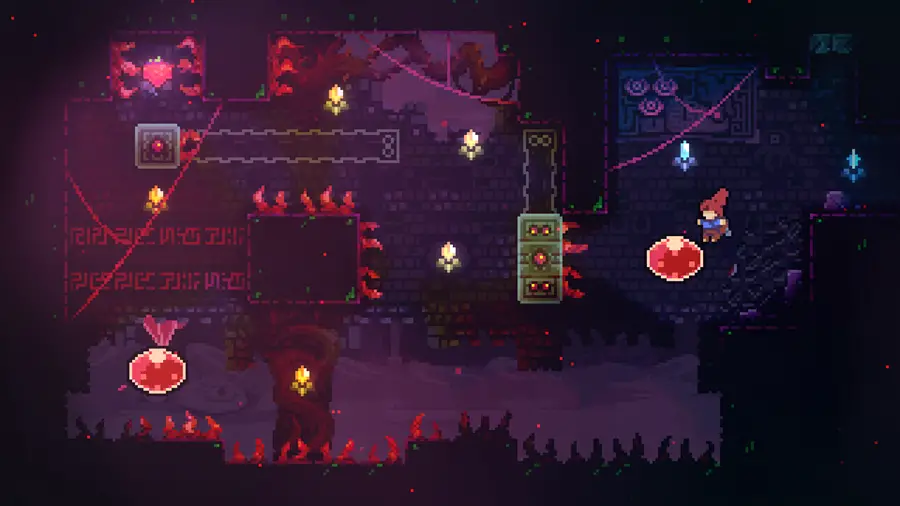
Stardew Valley
In Stardew Valley, sprite sheets are used extensively to create the game’s 2D graphics. Each character, object, and background element is represented by a set of individual sprites that are combined into a single sprite sheet.
For example, the player character is made up of a set of sprites that represent different animations, such as walking, running, and swinging a tool. Each of these sprites is carefully crafted to ensure smooth movement and fluid animations.
Thanks to https://steamdb.info/app/413150/screenshots for providing the screenshot of Stardew Valley.
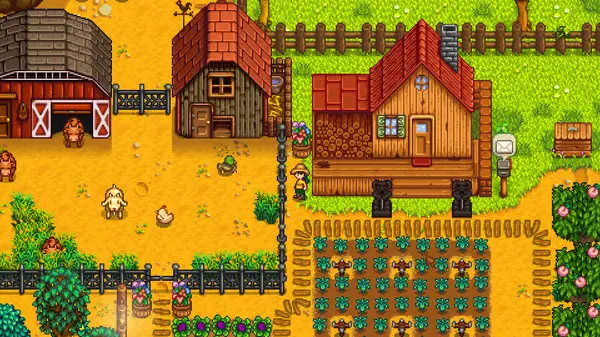
Where Can I Get Free 2D Sprite Sheets?
Some of the most popular websites that offer free 2D sprite sheets include OpenGameArt.org, itch.io, GameArt2D.com, kenney.nl, Spriters-Resource.com, and SuperGameAsset.com. While there are many other sources available, these websites are considered among the best, particularly for indie game developers.
Final Thoughts
Sprite sheets are an incredibly useful tool for 2D game development. They are a must-have if you plan to create high-quality 2D games efficiently. If you want to read more about game development, I encourage you to check out other articles on my Night Quest Games Blog.
If the information in this article was helpful to you, please consider supporting this blog through a donation. Your contributions are greatly appreciated and allow me to continue maintaining and developing this blog. Thank you!


